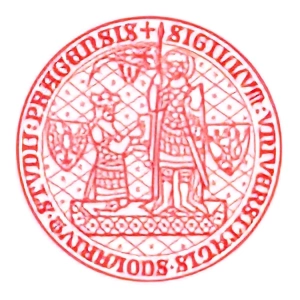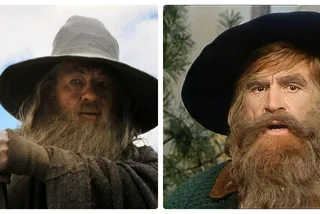It is currently winter, and heading to the mountains is a common activity during this time. The Czech Republic is a valley surrounded by mountains, and have you ever wondered about their names and meanings? We previously discussed the highest mountain peak, Sněžka, which is named after the word for snow - SNÍH.
But what about the mountains in which it stands? They are called KRKONOŠE, a name made up of two words that could be explained as KRK (neck) and NOSIT (to carry), but there are multiple interpretations. Some believe it could come from the Old Czech word KRUK, meaning a pile of stones, or KRAK, meaning rhizomes, low crooked trees found in the mountains. Krkonoše also has a German name, RIESENGEBIRGE, meaning the Giant Mountains, due to its location partly in Germany. It may seem odd, as the highest mountain, Sněžka, is only 1,603 meters above sea level.
Moving south, we arrive at the ŠUMAVA mountains, which are not very high and are covered in forests. Imagine being in a forest with a gentle breeze blowing around you, and hearing the gentle sound of leaves and branches rustling. In Czech, the word for rustle or murmur is ŠUMĚT, hence the name ŠUMAVA, which means the mountains of rustling or murmuring forests. This word is also present in the Czech national anthem: Bory šumí po skalinách (Pine forests murmur over the rocky mountains).
Since ŠUMAVA is also present in Germany and Austria, it has a German name Böhmerwald (Böhmen = Bohemia, Wald = forest), and sometimes also called Bayerischer Wald (Bayern = Bavaria) on the German side. The rustling trees in this region are likely maples, as the highest mountain on the German side is called Velký javor, meaning Great Maple.

Moravskoslezské Beskydy, as the name implies, are situated on the border of Moravia and Silesia, partly in Poland and Slovakia. Therefore, they are also known as Beskid Morawsko-Śląski in Polish and Moravsko-sliezske Beskydy in Slovak. The name comes from the Slavic languages and means an area without manure (BEZ KYDAT), although the origin of the word is not entirely clear.
These mountains are known for their deep valleys, meaning that the overall height above sea level is not very high, but one must climb high to reach the peaks. The highest peak is called Lysá hora (the Bold Mountain), and according to legend, it is where all the witches of Silesia gather and dance, leading any lost wanderer to their death.
As you drive towards the western border, you will come across Krušné hory (Ore Mountains). Their name comes from the ancient word krušec, meaning ore stone, as minerals were once mined here. Today, we use the word krušný to describe something difficult or full of problems, which is fitting for these mountains. The weather is very changeable, and foggy weather is common.
Nonetheless, there is a miraculous place here called Boží Dar (God's Gift). It is the third smallest town in the Czech Republic and the highest town in the country, standing at 1,020 meters above sea level. In winter, cross-country skiers flock here, and cyclists visit during the rest of the year.












 Reading time: 2 minutes
Reading time: 2 minutes 



















